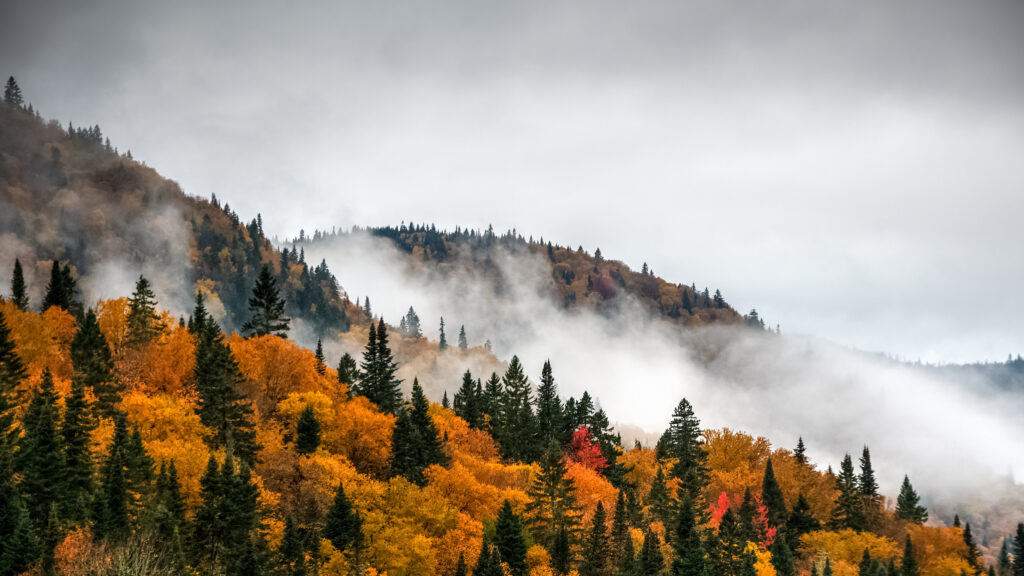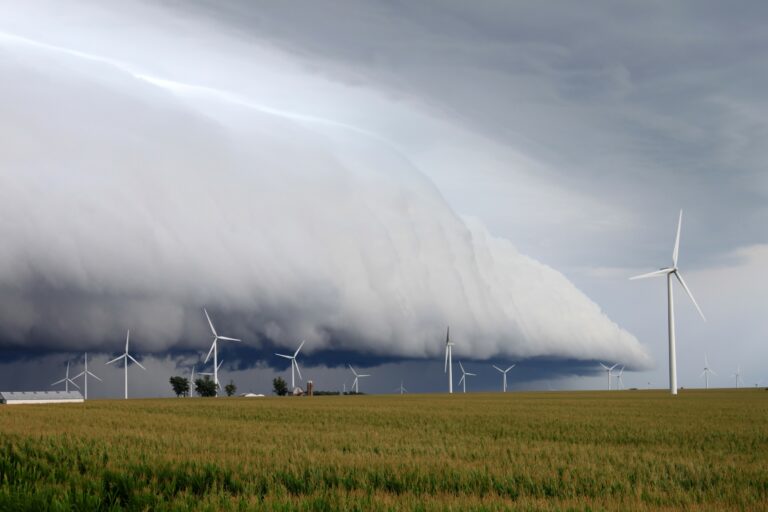As we transition into autumn, it’s important to understand the key aspects of the fall equinox, which marks the official start of the fall season. This year, the autumnal equinox began on Sunday, September 22, and its exact timing varied by time zone across the United States. In the Eastern time zone, the equinox occurred at 8:43 a.m. local time, while in the Central time zone it was 7:43 a.m., 6:43 a.m. in the Mountain time zone, and 5:43 a.m. in the Pacific time zone.
The equinox, which occurs twice a year—once in March and once in September—signifies the moments when the sun’s rays shine directly over the equator. This results in nearly equal lengths of day and night worldwide. Following this balance, daylight hours will gradually shorten until the winter solstice on December 21, 2024. The Earth’s axial tilt, which shifts away from the sun in the Northern Hemisphere during this time, is responsible for this change in daylight.
The fall equinox’s timing is precise and significant because it marks the transition of direct sunlight from the Northern Hemisphere to the Southern Hemisphere. This astronomical event divides the year into two halves, influencing seasonal patterns and weather changes. Understanding the fall equinox helps in appreciating the natural cycles of our planet and their effects on our environment.
A Brief History of the Fall Equinox
Historically, the fall equinox has been an important event in various cultures. Ancient civilizations, such as the Egyptians and the Maya, observed the equinox for agricultural purposes and to mark the changing seasons. The equinoxes were crucial for determining planting and harvesting times, as well as for religious and cultural celebrations.
Fall vs. Autumn: What’s the Difference?
While “fall” and “autumn” are often used interchangeably, “fall” is more commonly used in American English, whereas “autumn” is preferred in British English. Both terms refer to the same season, characterized by the dropping of leaves and cooler temperatures. The choice of term often reflects regional linguistic preferences.
Regional Fall Characteristics Across the U.S.
Fall’s appearance varies significantly across the United States. In New England, vibrant fall foliage with brilliant reds and oranges is a hallmark of the season, drawing tourists to experience the colorful landscapes. The Midwest and Northeast see a gradual change in colors and a cooling trend that prepares the land for winter.
In the Pacific Northwest, fall often brings a mix of rain and mild temperatures, with foliage transitioning from green to golden hues. The South experiences a subtler shift with less pronounced color changes but cooler, more comfortable weather compared to the sweltering summer heat.
Alaska’s fall is marked by an early onset of colder temperatures and a rapid transition to winter, with snow beginning to blanket the landscape as early as September.
Looking Forward to Fall: What to Anticipate
As we embrace fall, people across the country look forward to a variety of seasonal activities. This includes enjoying crisp autumn air, participating in harvest festivals, and indulging in seasonal foods like pumpkin-spiced treats. The fall season also brings a sense of renewal and reflection, as many use this time to prepare for the upcoming winter months and appreciate the changing natural beauty around them.


